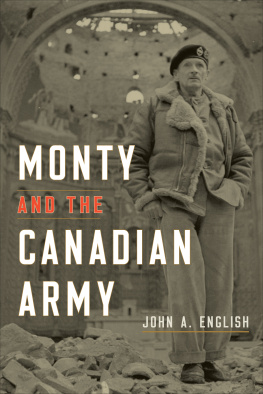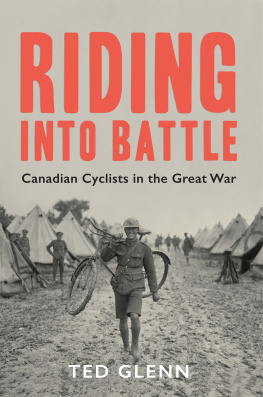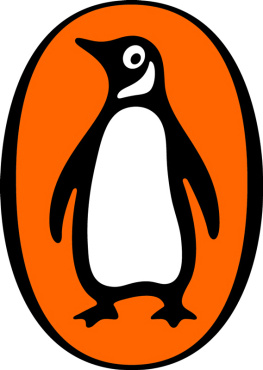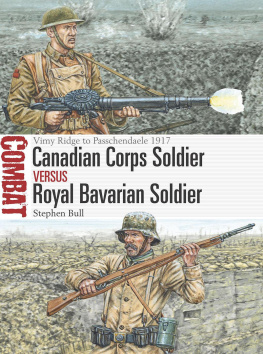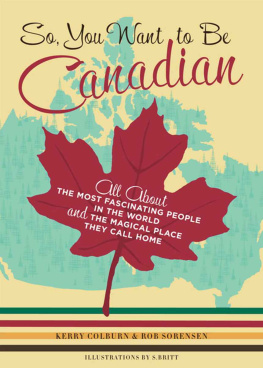THE
MADMAN
AND THE
BUTCHER
ALSO BY TIM COOK
No Place to Run
Clios Warriors
At the Sharp End: Canadians Fighting the Great War, 19141916, Volume One
Shock Troops: Canadians Fighting the Great War, 19171918, Volume Two
TIM COOK
THE
MADMAN
AND THE
BUTCHER
THE SENSATIONAL
WARS OF
SAM HUGHES AND
GENERAL ARTHUR CURRIE

ALLEN LANE CANADA
Published by the Penguin Group
Penguin Group (Canada), 90 Eglinton Avenue East, Suite 700, Toronto, Ontario, Canada M4P 2Y3 (a division of Pearson Canada Inc.)
Penguin Group (USA) Inc., 375 Hudson Street, New York, New York 10014, U.S.A. Penguin Books Ltd, 80 Strand, London WC2R 0RL, England Penguin Ireland, 25 St Stephens Green, Dublin 2, Ireland (a division of Penguin Books Ltd) Penguin Group (Australia), 250 Camberwell Road, Camberwell, Victoria 3124, Australia (a division of Pearson Australia Group Pty Ltd) Penguin Books India Pvt Ltd, 11 Community Centre, Panchsheel Park, New Delhi 110 017, India Penguin Group (NZ), 67 Apollo Drive, Rosedale, North Shore 0745, Auckland, New Zealand (a division of Pearson New Zealand Ltd) Penguin Books (South Africa) (Pty) Ltd, 24 Sturdee Avenue, Rosebank, Johannesburg 2196, South Africa
Penguin Books Ltd, Registered Offices: 80 Strand, London WC2R 0RL, England
First published 2010
1 2 3 4 5 6 7 8 9 10 (RRD)
Copyright Tim Cook, 2010
The credits on page 472 constitute an extension of this copyright page.
All rights reserved. Without limiting the rights under copyright reserved above, no part of this publication may be reproduced, stored in or introduced into a retrieval system, or transmitted in any form or by any means (electronic, mechanical, photocopying, recording or otherwise), without the prior written permission of both the copyright owner and the above publisher of this book.
Manufactured in Canada.
LIBRARY AND ARCHIVES CANADA CATALOGUING IN PUBLICATION
Cook, Tim, 1971 The madman and the butcher : the sensational wars of Sam Hughes and General Arthur Currie / Tim Cook.
Includes bibliographical references. ISBN 978-0-670-06403-8
1. Hughes, Sam, Sir, 18531921. 2. Currie, Arthur, Sir, 18751933. 3. Currie, Arthur, Sir, 18751933Trials, litigation, etc. 4. Canada. Canadian Army. Canadian CorpsHistory. 5. World War, 19141918 Canada. I. Title.
FC556.H84C66 2010 940.400922 C2010-904343-X
Visit the Penguin Group (Canada) website at www.penguin.ca
Special and corporate bulk purchase rates available; please see www.penguin.ca/corporatesales or call 1-800-810-3104, ext. 2477 or 2474
For Paige, Emma, Chloe, and Sarah
INTRODUCTION
Soldiers of Battle, Men of History
T here would be blood. Sir Sam Hughes, the ex-minister of militia and defence, the man who had run Canadas war effort for the first two and a half years of the Great War, was looking to settle old scores and to repay those who he believed had stabbed him in the back.
Sir Sam pulled himself to his feet behind his little wooden desk in the temporary House of Commons, which was now sitting in the castle-like Victoria Museum. Members of Parliament had been meeting in the museum for three years, since the fire of February 1916 had left the magnificent Gothic Revival-style Commons buildings in charred ruins. Now, on March 4, 1919, in the two-storey, semi-circular salon on the third floor of the museum, with an enormous Union Jack reminding all parliamentarians of Canadas enduring allegiance to Crown and Empire, Sir Sam addressed his colleagues and the nation. This was a new session of Parliament, and a time to heal the terrible wounds the country suffered during the Great War that had lurched to a close five months earlier, on November 11, 1918, after four long years of mind-numbing slaughter.
The European powers had been bled white, and Canada had left behind more than 60,000 of its sons and daughters in shallow graves. Another 173,000 Canadians had been wounded. The country was still reeling from these losses and struggling to integrate the waves of returning veterans, including those with broken bodies and shattered minds, back into the fabric of society. But Sir Sam was not a healer; he was not a man to reconcile the nation. He was a warrior, and rumours had abounded for weeks that he would be launching a fierce attack in the House of Commons. But what would he say and whom would he target?
Hughes was one of the most experienced members of the House, having won his first election in 1892. He had never lost since, winning seven elections in three decades. This seasoned politician was also one of the most feared members of Parliament, a scrapper who laid into his opponents pitilessly, employing ruthless tactics, exploiting weaknesses, and stretching the truth to fit his particular needs. Dangerous to friend and foe, he had survived a career of attacking his lifelong enemies, the Liberals, as well as, on occasion, his own party in a seemingly maverick-driven madness. Such was his fame and infamy that, next to Prime Minister Sir Robert Borden and the recently deceased Sir Wilfrid Laurier, Sir Sam Hughes was probably the best-known member of Parliament of his day.
The man is five feet, eight inches tall, of a square sturdy build, a thick neck, strong jaw and firm lipless mouth. His features suggest the Roman Caesars. His eyes are grey beneath beetling brows and his hair, which is cropped close, silver white. His voice is rough and imperious; when he smiles he shows small regular teeth. And with the smile, his expression undergoes a marked change, he grows benignant, even humorous, but at the same time more vulgar. His attitudes are ungainly and heavy. So wrote man of letters Beckles Willson of Sir Sam during the Great War, then in his early sixties, and known throughout the land and in Britain as Canadas warlord.
Hughes had led Canadas war effort in August 1914 and earned a reputation as a whirlwind of activity for raising an enormous army and putting the nation on a war footing. But after two and a half years of uninterrupted service, Hughess erratic behaviour, his inability to delegate authority, and his failure to evolve with Canadas expanding war effortwhich demanded careful planning instead of improvisation, experts instead of amateurs, and professionals instead of political hackshad resulted in his removal as minister of militia and defence in November 1916.
He would lead no more. It was a blow to a man who revelled in the spotlight, believed fervently in his own abilities, and sniffed that no one could replace him. Despite his absurd ego, he cared deeply for the soldiers overseas, who he believed were ill-used by his many political enemies and by the British. Hughes had a long hatred for British generals, which stretched back to the late nineteenth century and was cultivated by running feuds with imperial professional soldiers who had occupied the highest military appointments in the Dominion. And while he railed against the imperials, both politicians and generals, he had also made many enemies among Canadian officers, especially those who he felt had turned their backs on him after his removal from office.
One of the worst offenders, in his mind, was Lieutenant-General Sir Arthur Currie, who had been Canadas senior battlefield commander since June 1917. Currie was celebrated overseas by Canadian and British senior officers for his careful attention to detail in planning operations, his moral bravery in arguing freely with his superiors, and his demands that overwhelming shellfire support his soldiers at the sharp end. Sir Sam knew little of this. He had no way of gauging how effective Currie had been on the battlefield, aware only that hed been the commanding general responsible when countless Canadians were killed and wounded at battles like Hill 70, Passchendaele, and during the war-ending Hundred Days campaign. Curries Canadian Corps had achieved victory after victory, but the cost of success had been high. Who was to blame? demanded Hughes. Who had killed off his boys? Sir Sam planned to answer these festering questions on March 4, 1919, almost five months after the end of the Great War.
Next page



